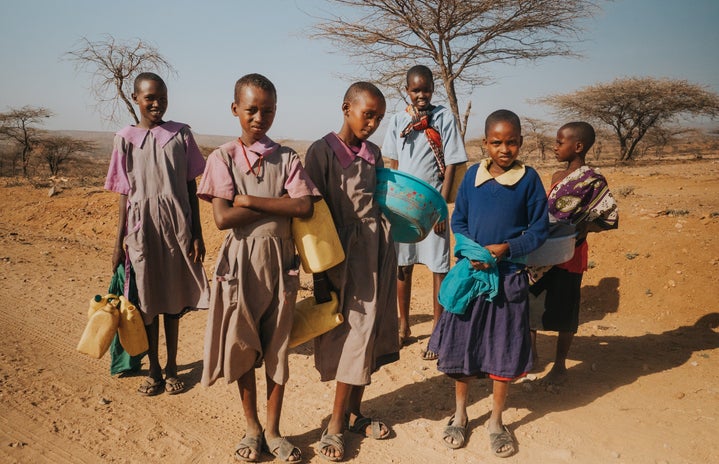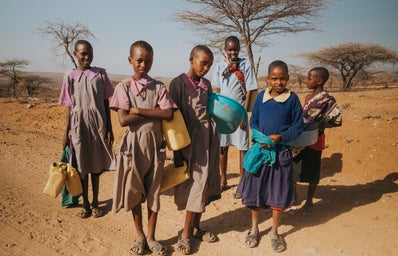Zainab, a 12-year-old girl living in rural Afghanistan is unable to attend school due to a shortage of female teachers. In a place where tradition, culture, and religion impact every aspect of life, it is unacceptable for girls to be taught by a man once they reach puberty, which means her unwanted exit from the education system. “I still like to learn,” she says, “I read my brothers’ textbooks, and every evening I ask them questions about what they learned that day in school.”
Zainab’s story is not unique, as 132 million girls worldwide are not enrolled in school for gendered reasons. The primary obstacle to education is a lack of physical schools–creating an all-or-nothing approach to learning. And, while the presence of a school in a developing area can be promising, it still fails to address many problems prohibiting girls from attending: the cost of education, unexpected pregnancies, social and political crises, hour-long walks to the nearest school, and the unavailability of sanitation products and private bathroom facilities upon arrival.
Unfortunately, the COVID-19 pandemic has wreaked even more havoc on the ability for females to attend school and will continue to have detrimental effects. Using data on school dropouts from the Ebola epidemic in Sierra Leone, the Malala Fund estimated that 20 million more secondary school-aged girls could remain out of the classroom long after the coronavirus pandemic has passed. Additionally, the UNFPA projected that lockdowns lasting at least 6 months could lead to an estimated 7 million additional unintended pregnancies and 31 million cases of gender-based violence, as well as 13 million child marriages and 2 million female genital mutilation cases over the next decade.
Fortunately, in a technologically savvy world, the solutions to inaccessible education in other countries may be closer than some think. Organizations like the UN Children’s Fund and the World Food Programme are currently running a trial program with 2,570 primary school children from Basra’s Shatt al-Arab district to receive a cash stipend to purchase mobile devices to continue their education.
In addition, to support the young girl’s comprehension skills, the UN agencies have introduced the ‘Shatt al-Arab Coding Club for Girls,” which enables the girls in the project to study in a safe environment, learn new tech skills, and innovate to create digital solutions. These types of programs are essential to encouraging learning and higher education because they provide a mixture of educational skills with interactive games to keep the exercises interactive and stimulating.
Allowing females to stay in school and expand upon provided educational opportunities helps them avoid early and or forced marriages, avoid dropout, and ensure more equal access to eventually enter the workforce. Currently, parents in these situations must place greater emphasis on their daughters’ education, especially through literacy. UNESCO corroborates that if all students in low-income countries simply had basic reading skills without any other education, over 170 million people could escape extreme poverty.
Meanwhile, across the mountains, Zainab is back at work, weeding the family garden and tending to the saplings. Her dream, of managing a bigger nursery someday, is in its own way ambitious, but also delicate. Later this year, after she has turned 16, she will be sent to Iran to marry an older man, chosen for her by her father. As the current educational climate continues to develop globally, nonprofit organizations across the world are highlighting “If you educate a girl, you educate a nation.”


